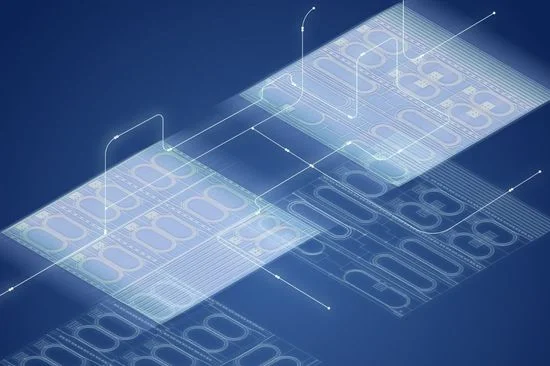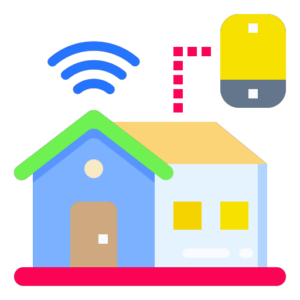
In the fast-paced world of gaming, staying one step ahead of the competition is essential. One way developers keep players engaged and satisfied is through the regular release of patches. These updates fix bugs, introduce new features, and balance gameplay to ensure a smoother and more enjoyable experience for gamers. But what exactly goes into the lifecycle of a game patch, from its inception to deployment? Let’s take a closer look.
1. Identification of Issues:
The first step in creating a game patch is identifying the issues that need to be addressed. This can come from player feedback, internal testing, or data analysis. Developers carefully comb through bug reports and playtest sessions to pinpoint the areas that require improvement.
2. Prioritization and Planning:
Once the issues have been identified, developers prioritize them based on severity and impact on gameplay. They create a roadmap for the patch, outlining which fixes and features will be included and setting a timeline for completion.

3. Development and Testing:
With a plan in place, developers set to work on implementing the necessary changes. This involves writing new code, making adjustments to existing systems, and testing the changes to ensure they work as intended. Quality assurance teams rigorously test the patch to catch any bugs or unintended consequences before it is released to players.
4. Deployment and Player Feedback:
When the patch is ready, it is deployed to the game servers and made available to players. Developers monitor player feedback and telemetry data to gauge the impact of the patch. They use this information to make further adjustments and improvements in future updates.

5. Iteration and Support:
The lifecycle of a game patch doesn’t end with its initial release. Developers continue to monitor the game and address any new issues that arise. They may release additional patches to fine-tune gameplay, add new content, or respond to player feedback.
6. Legacy and Sunset:
Eventually, as new updates and features are introduced, older patches may become outdated. Developers may choose to sunset older versions of the game or merge them into a comprehensive update. This ensures that players are always experiencing the best version of the game.
In conclusion, the lifecycle of a game patch is a complex and iterative process that requires careful planning, development, and player feedback. By constantly refining and improving their games, developers can keep players engaged and invested in the gaming experience. So next time you see a patch notification pop up on your screen, remember the hard work and dedication that went into creating it.


